
Citizens need to change their travel behavior to avoid sedentary lifestyles and contribute to the reduction of pollution in citiesTo this end, cities should probably restructure their urban structure to be pedestrian-oriented rather than car-oriented, facilitating walking and cycling and encouraging the creation of green spaces. We have a method for calculating the homogeneity of land uses in a city.
These desires are being translated into the project CiudActivawhich we are carrying out together with the research group PROFITH UGR.
Our part consists of the analysis and processing of sociodemographic and environmental perception data to obtain various urban indicators in the cities of Almeria, Granada, Jaen and ValenciaThe results will help to make decisions regarding the urban planning of the cities.
This index captures how evenly the areas of various land uses (residential, commercial, offices and facilities) are distributed in each environment.
This helps us to comprobar la homogeneidad o heterogeneidad de los usos de los edificios en los entornos de domicilios y colegios. The results of this study show evidence of the concentration or disaggregation of uses, the influence this may have on other indicators studied and the consequences for the home-school displacement of boys and girls.
This is a dimensionless parameter with values between 0 and 1 that represents the distribution of the different uses that can be defined in the buildings, with a value of 1 being a homogeneous distribution (equivalent distribution).
The formula that is part of the method for calculating the homogeneity of land uses in a city:

Cartography of Building Uses of the City of Valencia, Basis for Obtaining the Mixed Land Use Indicator.
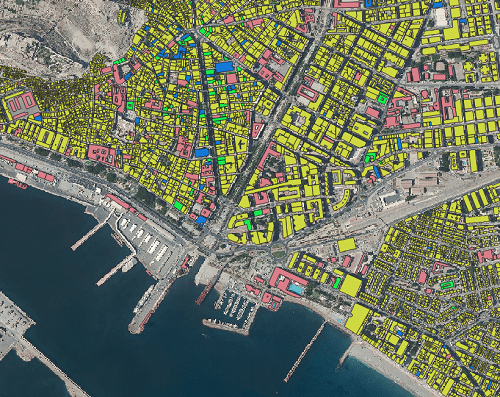
Layer of Almeria Buildings by Use
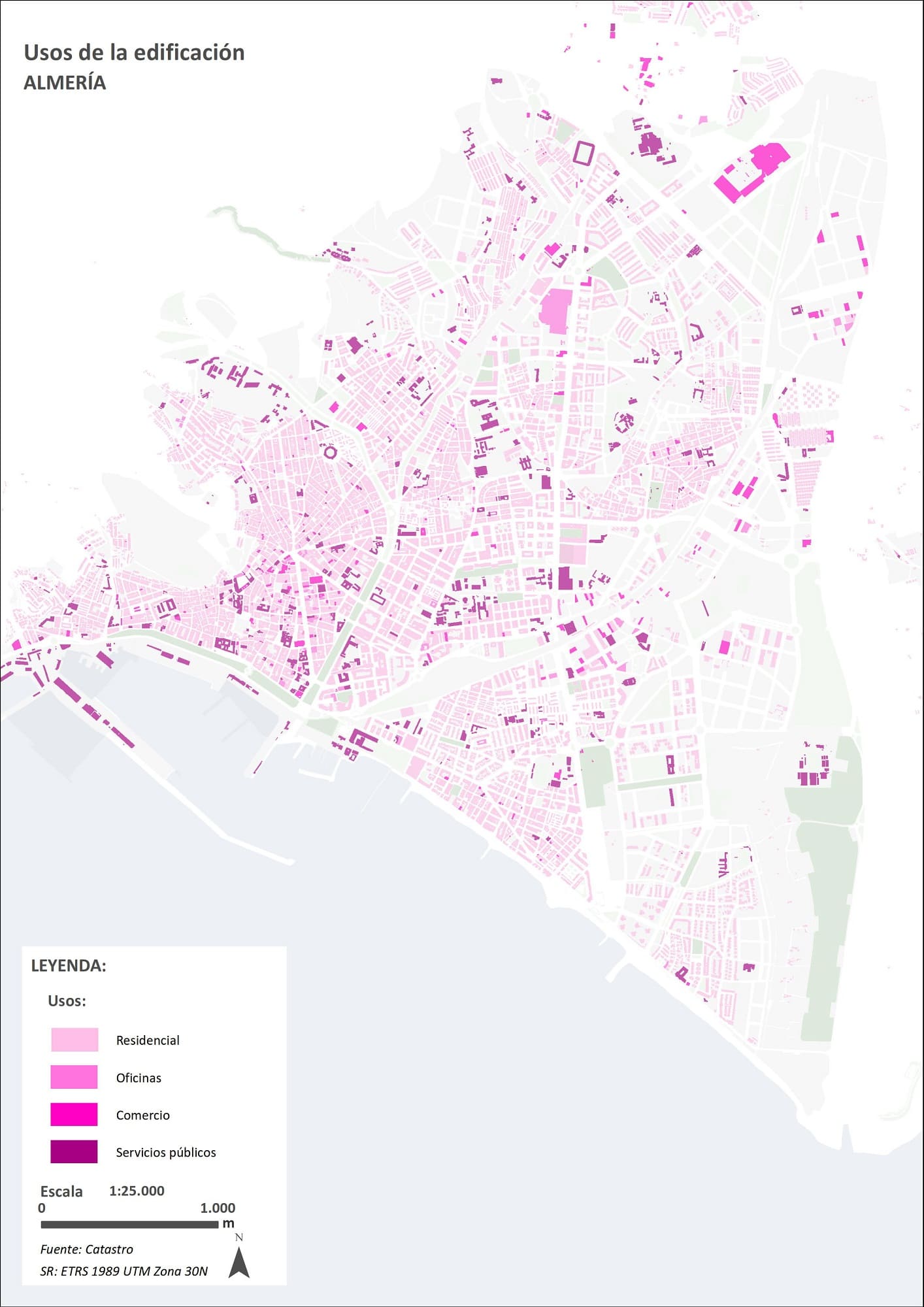
Symbolization of the Almeria Building Layer by Use
With this we will be able to calculate the index for each of the environments and observe the level and mode of distribution that exists in the area.
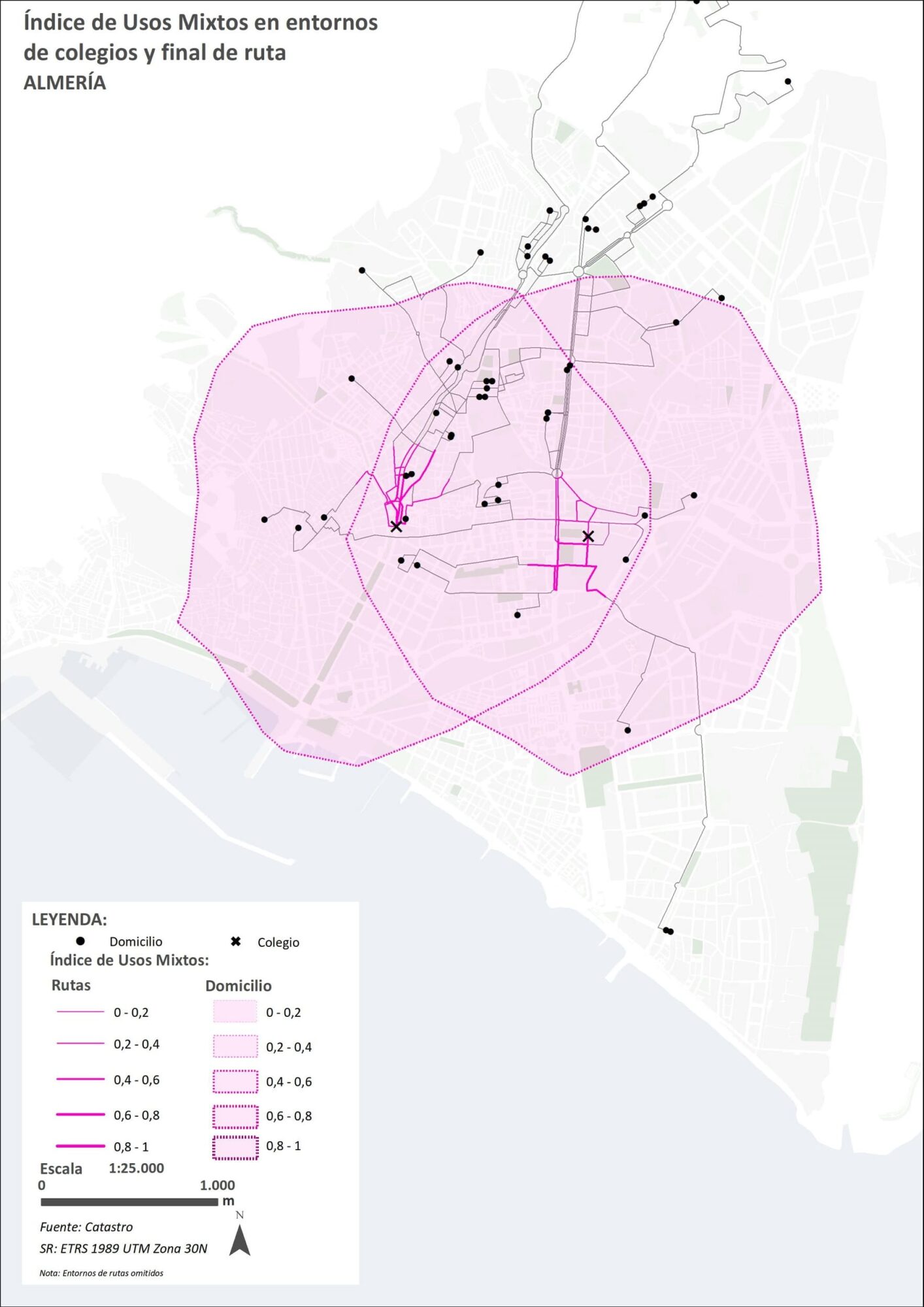
Indicator of Mixed Uses in School and End-of-Road Environments in Almeria



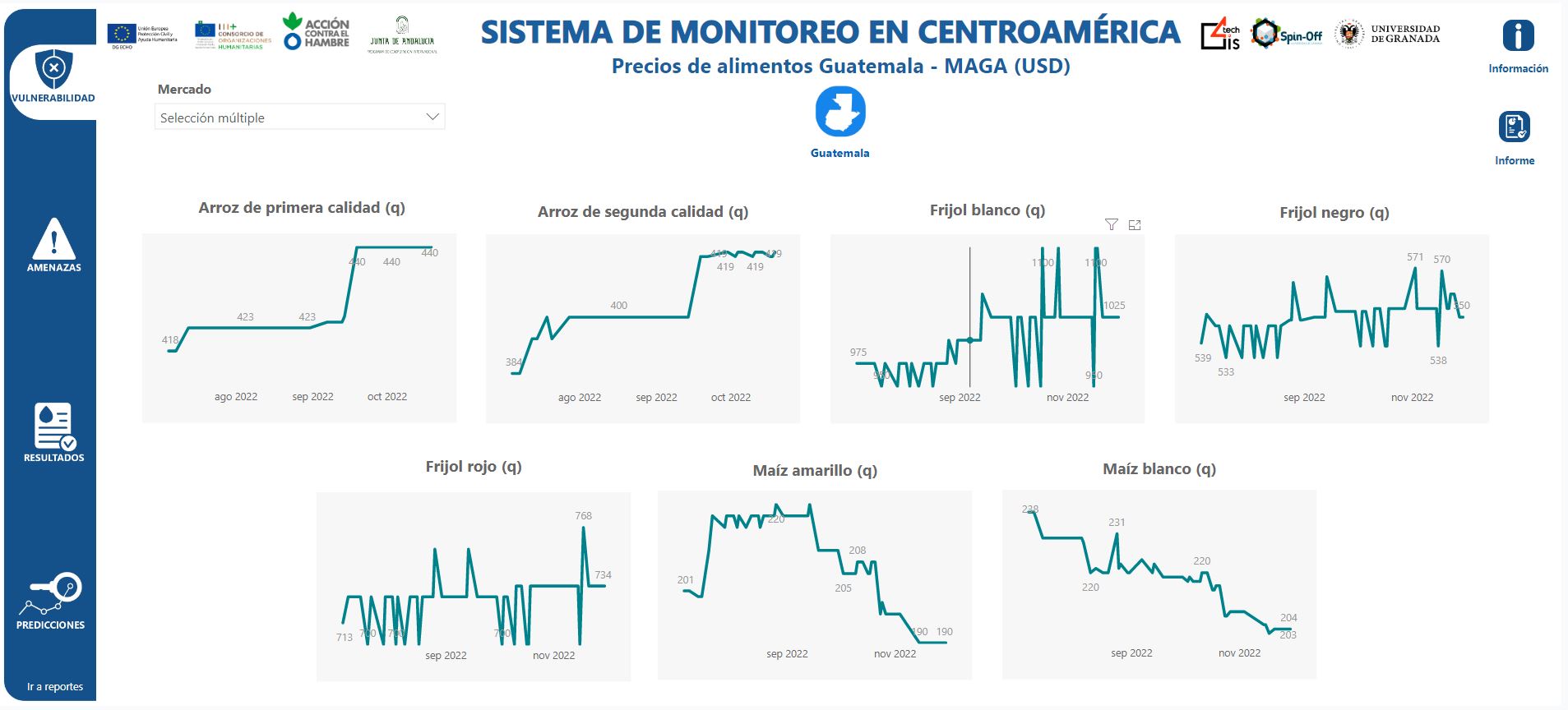
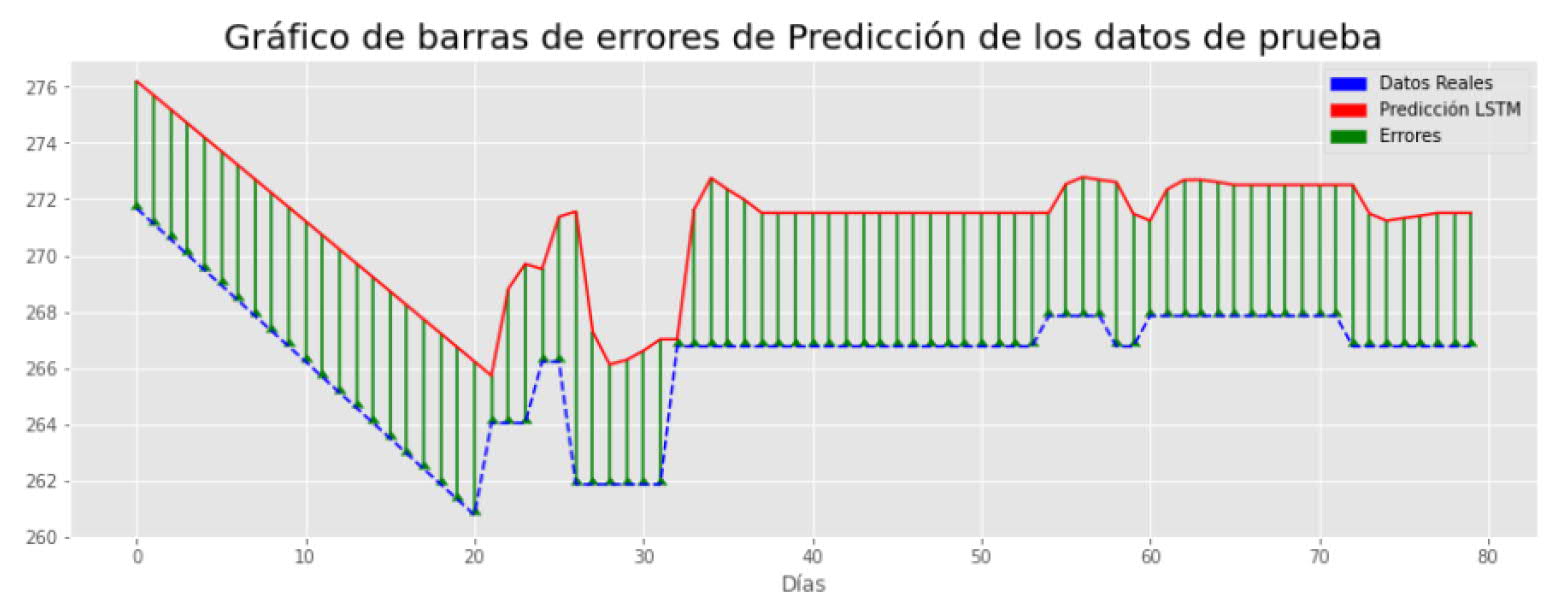
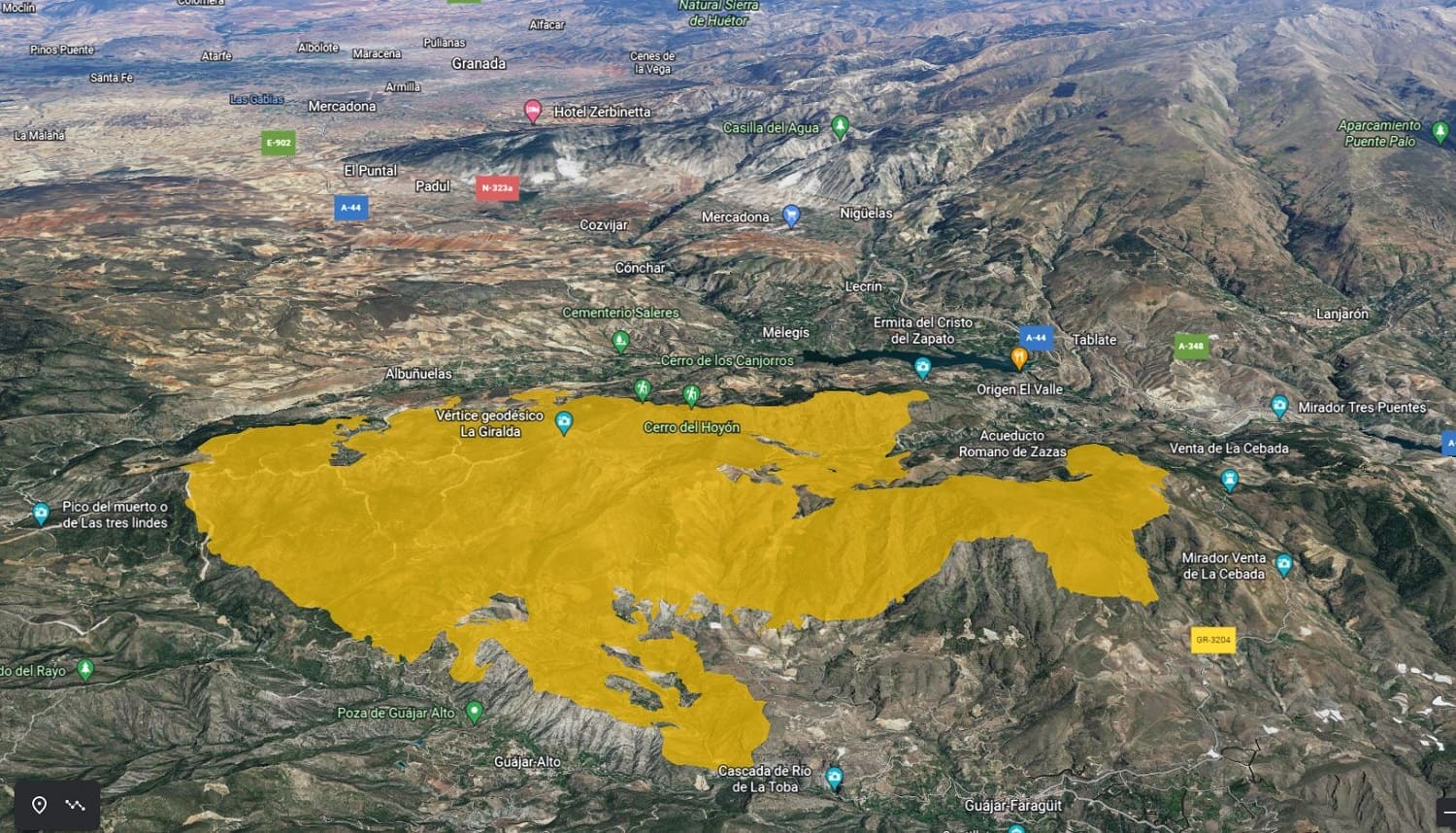
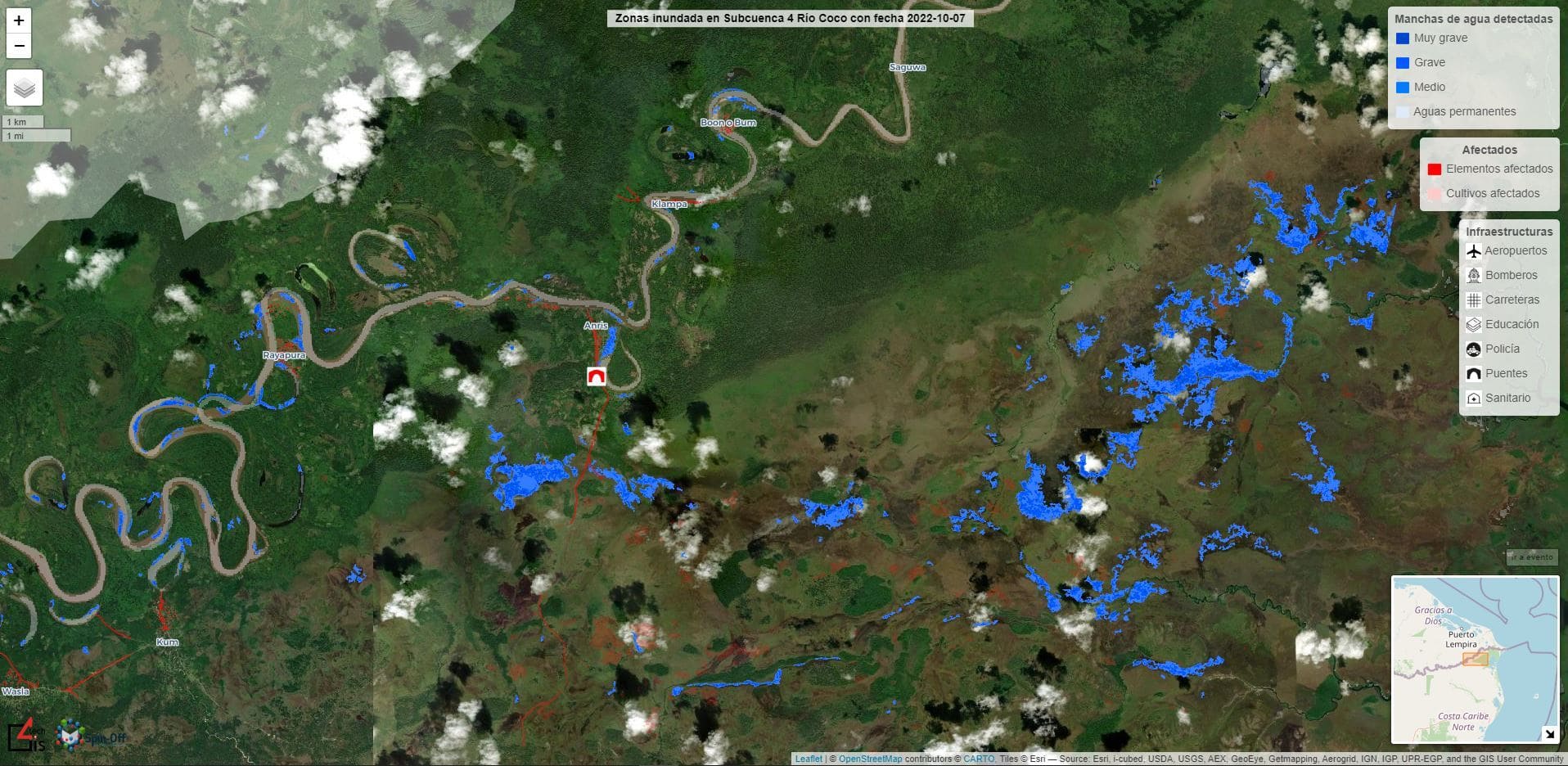
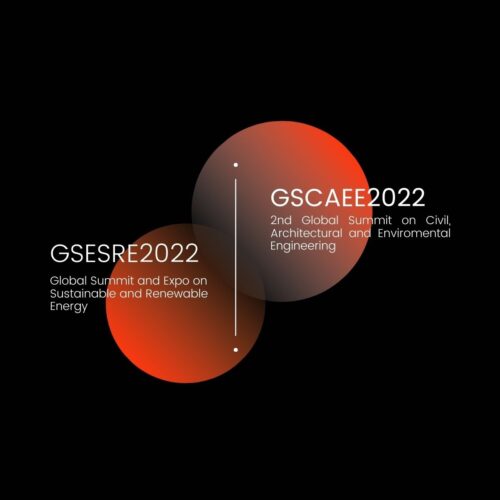
Correo electrónico: info@gis4tech.com
